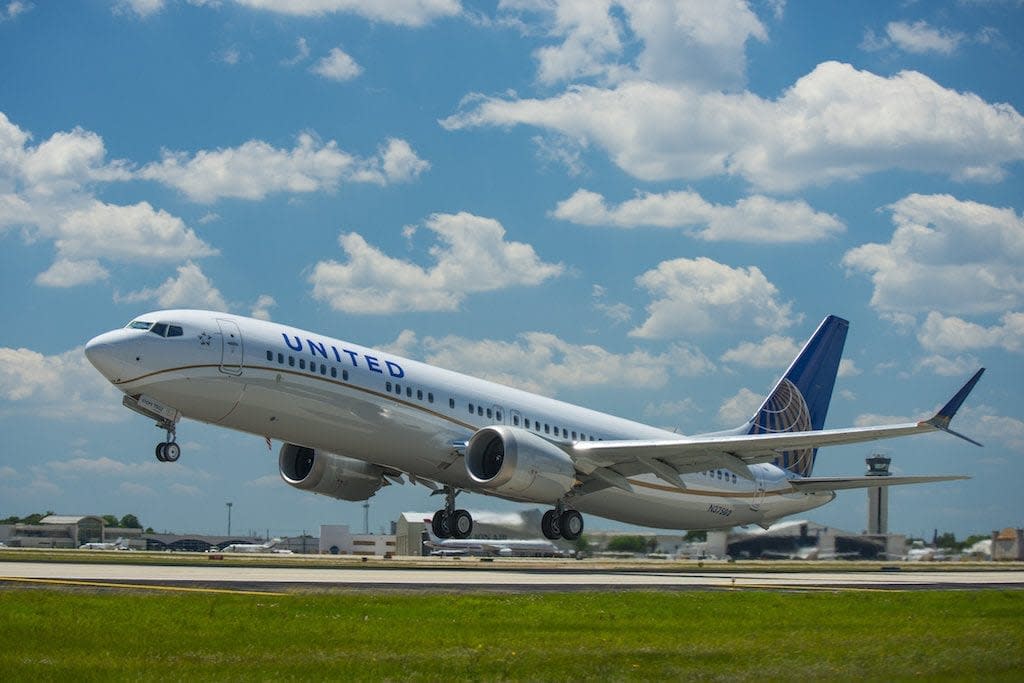FAA Grounds Boeing 737 Max Jets in Reversal of Earlier Stance

U.S. regulators are grounding all Boeing 737 Max jets less than 24 hours after the Federal Aviation Administration issued a statement saying there was “no basis to order” U.S. carriers to stop flying the airplanes.
The order covers not just the Boeing 737-8 models flown by American Airlines and Southwest Airlines — the type that has been involved in two accidents in five months — but also Boeing 737-9s flown by United Airlines. The aircraft are similar, though United’s models are larger.
“The FAA is ordering the temporary grounding of Boeing 737 MAX aircraft operated by U.S. airlines or in U.S. territory,” the agency said in a statement. “The agency made this decision as a result of the data gathering process and new evidence collected at the site and analyzed today. This evidence, together with newly refined satellite data available to FAA this morning, led to this decision.”
The FAA did not say when the ban could be lifted, but suggested it probably could last at least until investigators review the flight data recorder and cockpit voice reporter from Sunday’s Boeing 737 Max 8 crash in Ethiopia. The FAA last grounded a major passenger aircraft in 2013, when it barred operators from flying Boeing 787s for more than three months because of a battery issue.
The FAA was the last major authority to order airlines to stop flying the Max. Others moved faster after Sunday, when an Ethiopian Airlines Boeing 737-8 crashed just after takeoff. By the the time President Donald Trump announced a Max ban on Wednesday, China, Europe and Canada had already closed their airspace to Boeing’s newest narrow-body jet. Some early-moving regulators admitted they had few specific facts suggesting the airplane was unsafe, but preferred to err on the side of caution.
It is far too early to know the cause of Sunday’s crash, but observers have noted it may have some similarities to the Lion Air crash in October. Investigators have said a sensor failed in that crash, causing the highly automated airplane to sense it was in stall. It automatically pushed the nose down, officials said, and pilots could not recover.
The United States appeared ready to buck the grounding trend with regulators, airlines and pilot unions saying they had no cause for concern. As recently as Tuesday night, the FAA told reporters it had been reviewing data and found no reason to order operators to stop flying the jets.
Boeing had pushed regulators and airlines to keep flying the airplanes. But in a statement Wednesday, Boeing said it supported the government’s action.
“Boeing has determined — out of an abundance of caution and in order to reassure the flying public of the aircraft’s safety — to recommend to the FAA the temporary suspension of operations of the entire global fleet of 371 737 MAX aircraft,” Boeing said.
Effect on U.S. Travelers
Because the aircraft is so new — Boeing only delivered its first Max in 2017 — U.S. carriers don’t fly many of them.
So far, Southwest has the largest Max fleet with 34 aircraft, while American has 24. United has just 14.
American and United have massive fleets, and should be able to continue operating close to their normal schedules even with the groundings. Including regional aircraft, American has more than 1,500 planes, while United has more than 1,300.
“Our teams will be working to rebook customers as quickly as possible, and we apologize for any inconvenience,” American said in a statement.
Southwest likely will have more trouble. It has just 750 aircraft, and its fleet had been stretched already. Southwest, which is locked in a labor dispute with its mechanics, has had far more planes out of service for maintenance than usual in recent months.
Subscribe to Skift newsletters covering the business of travel, restaurants, and wellness.

